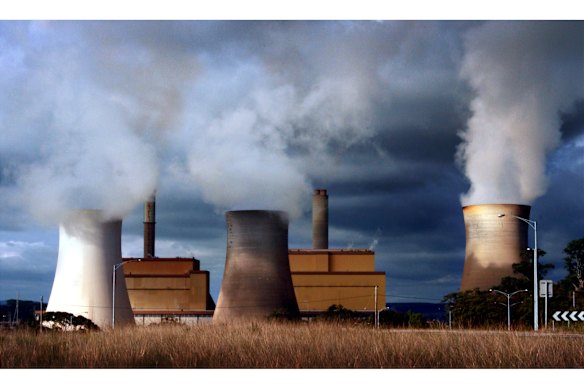
The threat of blackouts in Australia has significantly diminished as the country accelerates its transition from coal to renewable energy sources. Forecasts indicate that new wind and solar capacity, along with battery storage and upgraded transmission lines, will be sufficient to maintain electricity supply as coal-fired power plants begin to close. This update comes from the Australian Energy Market Operator (AEMO), which is set to release its latest report on March 15, 2024.
Over the past year, the eastern seaboard’s electricity grid has seen unprecedented growth, with the installation of 4.4 gigawatts of new generation and storage capacity. AEMO projects that this record investment will be surpassed in the coming years, estimating an annual addition of between 5.2 gigawatts and 10 gigawatts of renewable energy and storage capacity through the end of the decade. This expansion is supported by government initiatives that provide financial backing for new projects, essential for ensuring energy reliability.
AEMO chief Daniel Westerman remarked, “The 10-year investment pipeline to manage energy reliability is healthy.” Australia is undergoing one of the fastest energy transitions globally, moving away from coal, which currently dominates the electricity supply. As coal-fired generators reach the end of their operational lives, there is an increasing reliance on renewable sources such as wind and solar farms, as well as household rooftop solar installations.
Despite these positive developments, there are still concerns about the pace of the transition. Officials have previously warned that the construction of large-scale renewable energy projects, along with the necessary power lines to connect them to urban centers, has not progressed quickly enough. Issues such as permitting delays, rising construction costs, equipment shortages, and local community opposition have hindered the rollout. Many rural and regional communities are apprehensive about the potential impacts on their farming practices, property values, and the environment.
In response to these challenges, the New South Wales (NSW) government reached an agreement with Origin Energy last year to extend the operation of the Eraring Power Plant until 2027. Some industry experts believe this timeline might need to be further extended to ensure energy stability. Concurrently, the Victorian government has secured agreements to prevent the premature closure of two major coal generators—EnergyAustralia’s Yallourn Power Station and AGL’s Loy Yang A.
As Australia continues to navigate its energy transition, the focus will remain on developing a robust and reliable renewable energy infrastructure. The ability to effectively balance the closure of coal-fired power stations with the expansion of renewable resources will be crucial in ensuring that homes and businesses can rely on a steady supply of electricity in the future.






